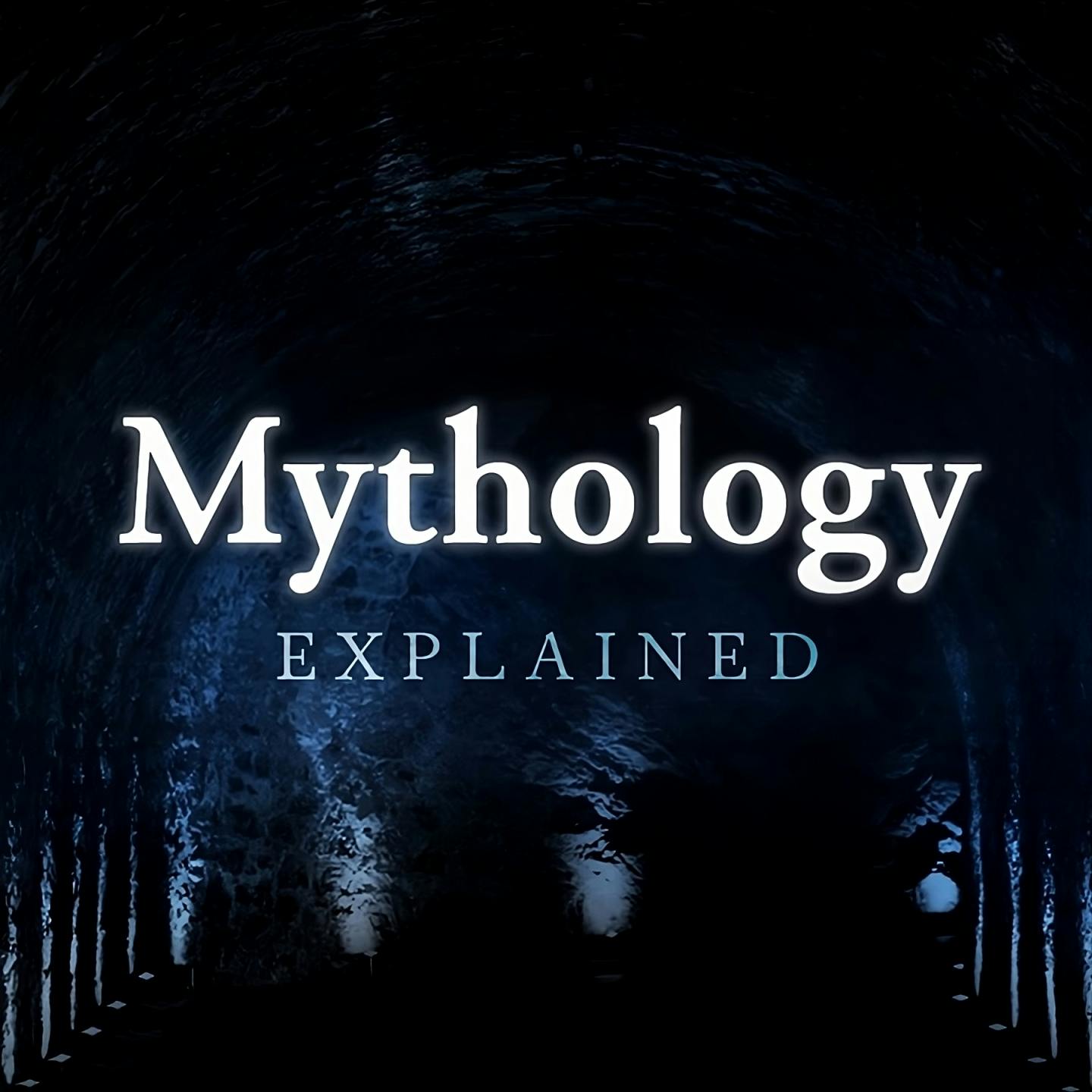
Shownotes Transcript
Hey everyone, welcome to Mythology Explained. In today's video, we're going to discuss Typhon, the most powerful monster in Greek mythology. This is a topic we made a short video on last year, and now we're going to examine it in greater detail. First we're going to look at what's told in The Library of Greek Mythology, a concise yet comprehensive compendium of Greek mythology written by Apollodorus. It describes a version of Typhon's battle with Zeus in which Typhon chases the gods out of Olympus, cuts the tendons from Zeus' hands and feet, and then imprisons the king of the gods in a cave. Following that, we're going to look at an alternative version of this battle, the one told in Hesiod's Theogony, which details a brief affair in which Typhon is thoroughly trounced and walloped by Zeus. And finally, we're going to look at the many monstrous children Typhon sired by Echidna, including: Orthos, Cerberus, the Hydra of Lerna, and the Chimera.Let's get into it. The Giants were a brutal and belligerent race of prodigious size and strength. They were born to Uranus, the personification of the sky, and Gaia, the personification of the earth, when droplets of blood from Uranus' severed genitals fell to the earth and impregnated Gaia. Led by Zeus and reinforced by the hero Hercules, the gods fought and killed the Giants, the war between them known as the Gigantomachy. Gaia was enraged by the destruction of her children, so she joined in a sexual union with Tartarus, the personification of the cavernous abyss that existed beneath the earth; and from their union was born Typhon, unequivocally the most powerful monster in Greek mythology. He was a nightmarish amalgamation of both man and beast, and in size and strength, he was unsurpassed; even the other monstrous children born to Gaia and Uranus, the trio of giant one-eyed cyclops, as well as the indomitable and behemoth trio of Hecatonchires, each of them with 50 heads surmounting their bodies and a tangle of 50 arms protruding from each shoulder, were eclipsed by Typhon.
